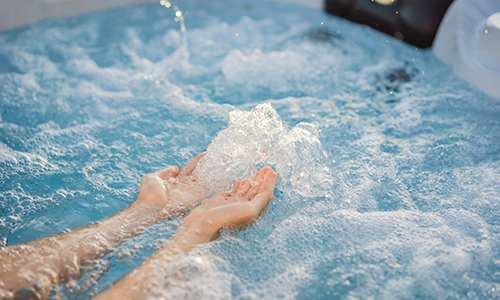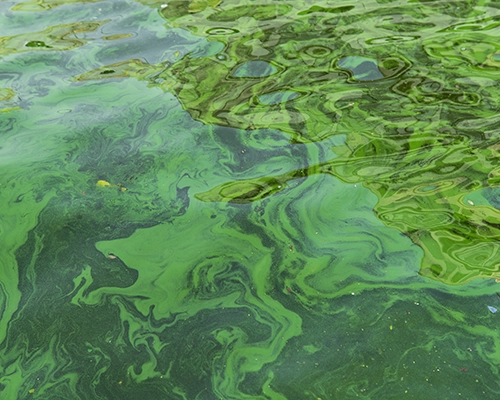Waterborne Pathogens – Test To Protect!
- Legionella Culture
- Legionella qPCR
- Legionella Serotyping of Isolates (DFA)
- Heterotrophic Plate Count
- Pseudomonas Aeruginosa
- Enterococcus Species
- Acinetobacter Species
- Nontuberculous Mycobacteria (NTM)
- Copper-Silver Analysis
- NTM qPCR
- Stenotrophomonas Maltophilia
- Burkholderia Cepacia
- CMS Waterborne Pathogens Panel
- Coliforms (E. coli and total)
- Microbiologically Influenced Corrosion (MIC)
- Nitrifying Bacteria
- Molecular Typing
- Analytical Water Chemistry
What Are Waterborne Pathogens?
A pathogen is an agent that causes disease in a host. Waterborne pathogens are the causative agents for diseases that are transmitted through water. These pathogens may be the living organism itself or the byproduct of metabolic activity from these organisms. The latter pathogens are often referred to as toxins.


How Are Waterborne Diseases Spread?
Waterborne pathogens can grow in drinking water distribution systems, residential and commercial plumbing systems, recreational water venues (e.g., hot tubs) and industrial water systems (e.g., cooling towers). Warm water systems are particularly conducive to bacteria like Legionella. Water contaminated with bacteria or toxins can lead to waterborne illnesses when consumed or inhaled or when the pathogen comes into contact with skin, eyes, ears, or other mucous membranes.
What Are Biofilm-Associated Bacteria?
Waterborne germs can form a biofilm, which is a community of microorganisms that form an extracellular matrix of polysaccharides. Typically, a biofilm will consist of a blend of microbial cells, i.e., bacteria, fungi, and amoebae, that live alongside one another, secreting a sticky, slime-like substance. This substance, called Extracellular Polymeric Substances (EPS), enables them to bond to surfaces. This slimy “home” also provides a barrier to water treatment chemicals like chlorine, allowing germs to thrive and reproduce.
Biofilms tend to proliferate in stagnant water, such as the inner linings of water pipes, aerators, storage tanks, or heaters. They can also form along pipe walls even when water is flowing.

Keeping Pace With Legionella
Legionnaires’ Disease
Legionnaires’ disease is a pneumonia caused by the bacterium Legionella pneumophila. The name of the disease caused by Legionella pneumophila, Legionnaires’ disease, was derived from the original outbreak at the 1976 American Legion Convention in Philadelphia. Pneumophila means lung-loving in Greek, and Legionnaires’ disease can cause severe respiratory symptoms.
Legionella
Legionella Species
Who We Serve
The hospitality industry has the daunting task of ensuring hotels, cruise ships, and other entertainment venues have a safe water supply for drinking and recreation. The good news is that hotels can reduce the growth of Legionella bacteria and other waterborne pathogens by implementing a Water Management Program. Learn more about how Pace ® can help you create a comprehensive Water Management Program that helps keep your customers safe.
Construction events can negatively impact water quality, causing spikes in waterborne pathogens like Legionella. These events include excavation, water main breaks, water pressure changes, brown water events, construction materials, dormancy prior to occupancy, and ineffective disinfection during or after commissioning. Learn how Pace ® can help.
Commercial buildings consume almost 20% of our potable water. It’s no wonder that water management is a top priority for facility managers. Learn more about how Pace® can help to prevent Legionnaires’ disease and infection by other waterborne pathogens, such as Pseudomonas and nontuberculous mycobacteria (NTM), in buildings.
Pace® helps companies that provide water treatment services for industrial and commercial cooling and heating systems. Pace® testing services can help validate the effectiveness of water treatment in managing risk from waterborne pathogens such as Legionella. Learn more about how Pace® can help.